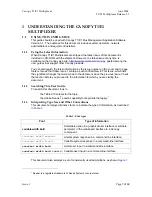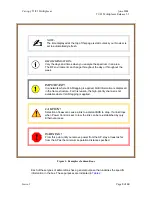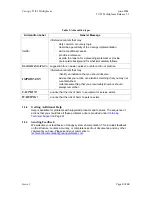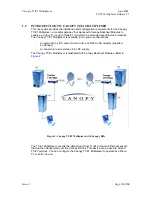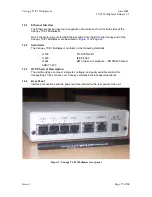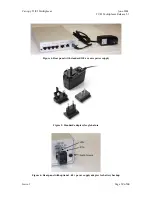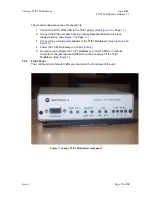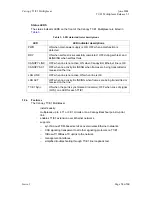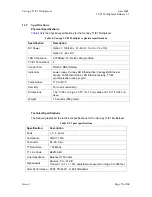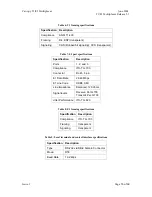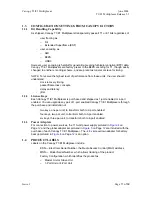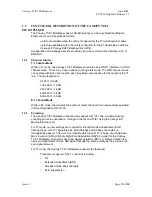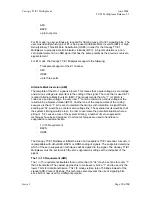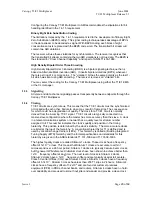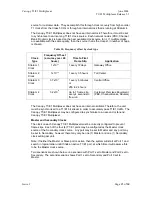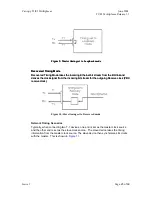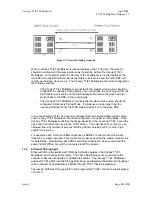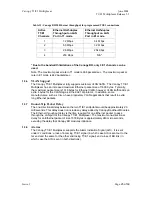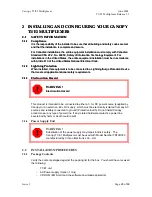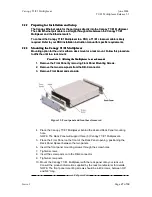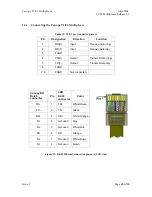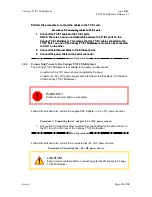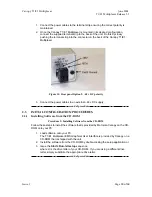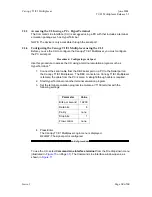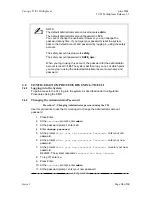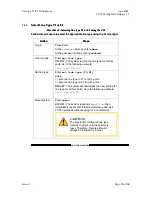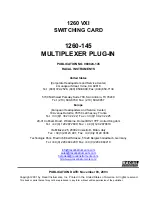
Canopy
T1/E1
Multiplexer
June
2004
T1/E1
Multiplexer
Release
3.1
21 of 69
source for customer data. They accomplish this through clock recovery from higher-order
T1 clocks from the Class 5 COs or through an internal clock that is running at Stratum 4.
The Canopy T1/E1 Multiplexer does not have an internal clock. Therefore, it must be set
to synchronize to an incoming T1/E1 clock source. Each network node’s (PBX, Channel
Bank, Router) clock is based on the best available clock source for it. If multiple clocks
are available with the same quality, then the source that is the closest, in number of hops,
is chosen.
Table 10: Frequency off-set by clock type
Clock
Type
Frequency Off-set
(accuracy over 24
hours)
Time to First
Frame Slip
Application
Stratum 1
Clock
1 x10
-11
1 every 72 days
Gateway Office
Stratum 2
Clock
1x10
-10
1 every 3.5 hours
Toll Center
Stratum 3
Clock
3.7x10
-7
1 every 6 minutes
or
255 in 24 hours
Central Office
Stratum 4
Clock
3.2x10
-6
Up to 1 frame slip
every 4 seconds in
free-run
Customer Premises Equipment
(PBX, Channel Banks, Routers)
The Canopy T1/E1 Multiplexer does not have an internal oscillator. Therefore, the unit
must be synchronized to a T1/E1 bit stream in order to accurately pass T1/E1 traffic. The
Canopy T1/E1 Multiplexer may be configured to synchronize to a near-end or far-end
Canopy T1/E1 Multiplexer.
Master and Secondary Clocks
The clock on each Canopy T1/E1 Multiplexer must be correctly configured to prevent
frame slips. Each of the four (4) T1/E1 ports may be configured as the Master clock
source or the Secondary clock source. Any port may be set to Master and any port may
be set to Secondary, however there may only be one (1) Master and one (1) Secondary
clock setting per unit.
Note: If neither the Master or Slave port is active, then the system will start at Port 1 and
search in logical order until it finds an active T1/E1 port, at which time it will assume this
to be the Master clock source.
Two scenarios are shown below, one scenario with Port 1 set to Master and Port 2 set to
Secondary. The second scenario shows Port 1 set to Secondary and Port 3 set to
Master.
Issue
1
Page

